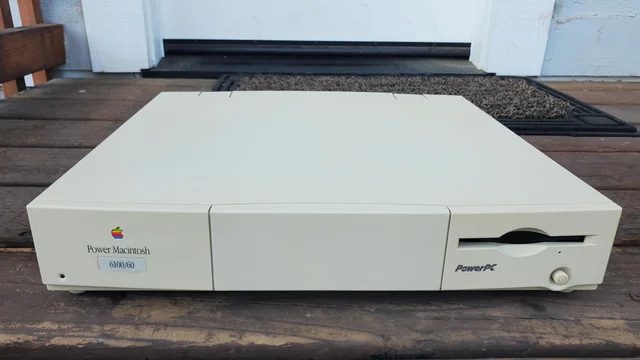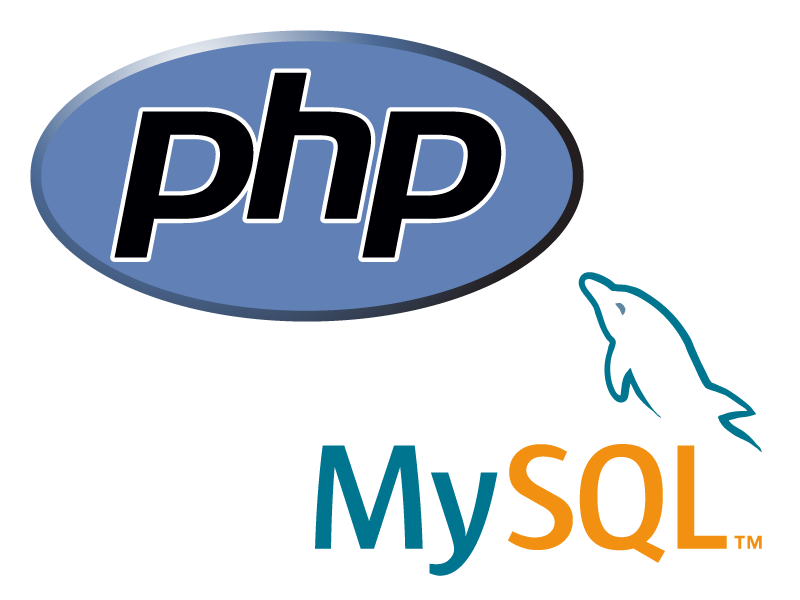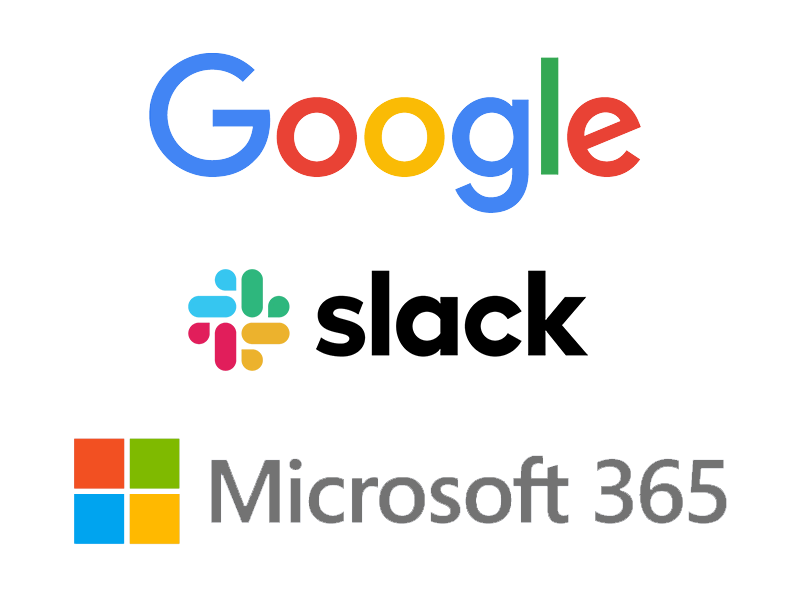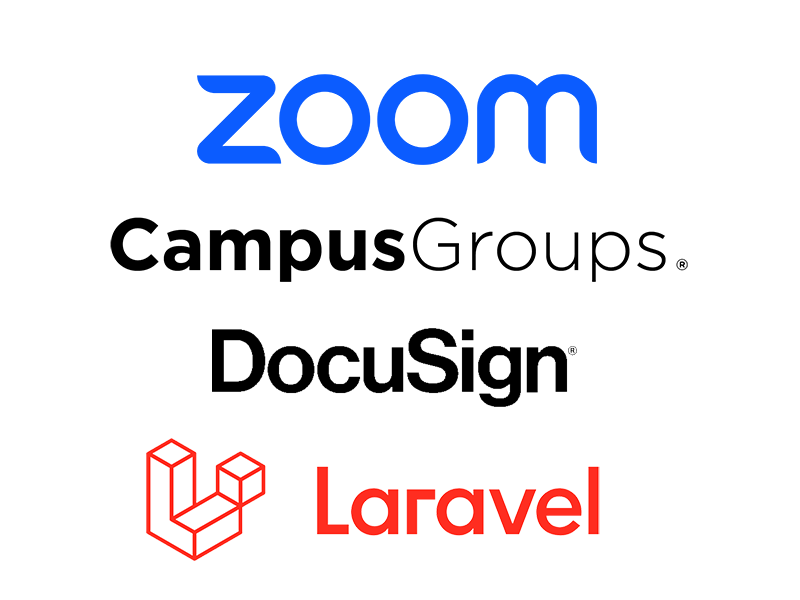History
1980s
The first computers in what was at that time called the Student Activities Office were IBM XT and AT computers in the mid-1980s with parallel port attached dot-matrix and laser printers. These systems were only used by our administrative support staff members who primarily used them as word processors as the rest of the staff continued to use their electric typewriters. Since computers were relatively new pieces of technology, they were treated pretty much the same way as other electronic office equipment such as typewriters, ditto machines, telephones, and copiers. Popular software included WordPerfect, DBase, and Lotus 123. Later, a small Mac was later added for student workers to use and it soon drew attention as a powerful creative tool.

1990s
The Student Activities Office soon turned in their typewriters for their first computers. Since DOS computers required a lot of memorization of text commands and software used a lot of function keys (Windows was still in its infancy, running as a surface UI layer over DOS), Macs were chosen for their native graphical interface, new 'mouse' devices, and WYSIWYG desktop publishing potential. Since all Macs had built-in networking, we also used telephone cable with RJ-11 plugs to daisy-chain our systems together so we could share files and printers. By the mid/late 1990s, we switched to 10base-Tethernet networking and got access to the internet using tools such as Gopher, Telnet, Pine for email, and Netscape Navigator 2.02 for 'web' access. Student Activities also merged with its parent office, the Office of the Dean of Students, and we started provding full technical support for the other departments reporting to the Office of the Dean of Students, and most campus departments started getting their own websites.

2000s
After the Y2K hype passed, we began to implement our first web-based information solutions. At first, we used FileMaker Pro's web publishing feature to offer custom websites for our existing databases. After a few years of tempermental success, we migrated to a more enterprise level PHP/MySQL solution. Once we were able to leverage the versatility, speed, and reliability of PHP/MySQL, we started building completely online solutions to replace paper processes, and our orientation application even had online payments via a partnership with the UCI Bookstore.

2010s
In the 2010s, the Office of the Dean of Students family of departments was rebranded 'Student Life & Leadership'. UCI also underwent a campus IT consolidation and our technical staff and students moved to the Office of Information Technology. Under the consolidation, we began narrowing our focus to online solutions and new web application development slowed as the campus began looking at product-based solutions instead. We began migrating desktop support, server administration, and other 'specialist' responsibilities to OIT tech teams. Student Affairs also re-organized and SLL started to grow with significantly more departments.

2020s
In the 2020s, we began with a challenging remote support scenario under COVID-19 pandemic work conditions and completed our transition from 'do it all' generalists to IT specialists for online solutions, training, and techncial consulting. We also had to support and train users for a growing number of online tools, including Atrium, CampusGroups, DocuSign, and Zoom. Although many of our legacy PHP/MySQL applications have migrated to other products or support teams, we continue to support several legacy systems in functional PHP. We have also starting using the Laravel PHP framework with a long term goal of refactoring all applications into Laravel apps which can be supported by the Student Affairs Web Development team.

